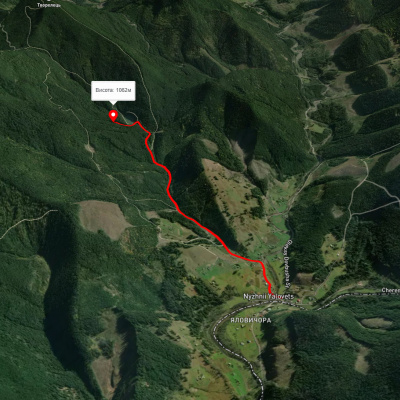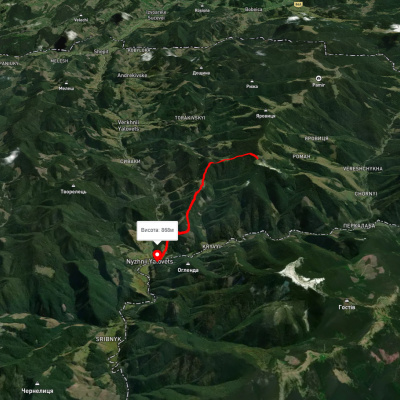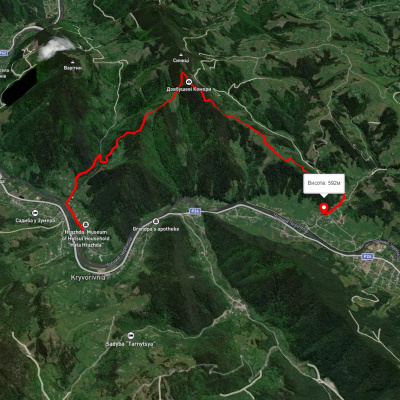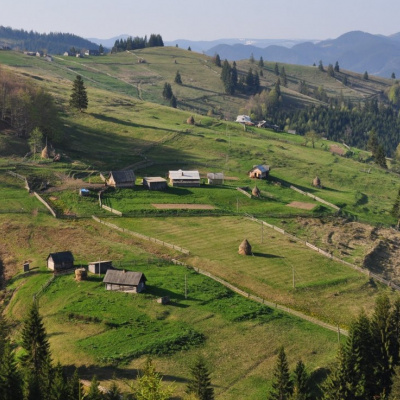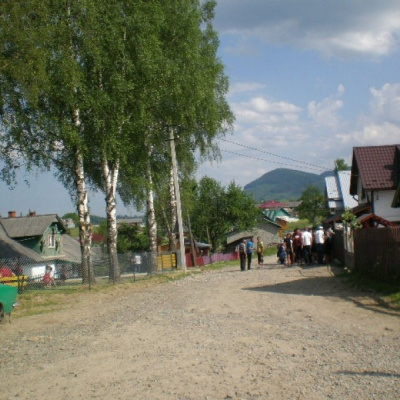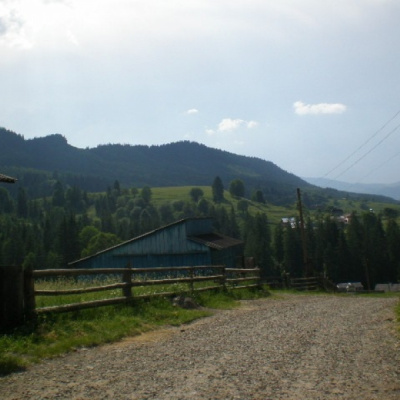Traditional folk crafts: artistic embroidery, artistic weaving, folk crafts.
Samakova is a village in the Ukrainian (Bukovyna) Carpathians. The territory on which the village is now located has been part of Kyivan Rus since the end of the tenth century, and after 1199 it became part of the Galicia-Volyn principality. Later, along with the whole of Bukovyna, it became part of the Moldavian principality and belonged to a partially autonomous administrative unit called the Dovhopil district. Since 1775, it was part of the Austro-Hungarian Empire. From 1918 to 1940, Samakova, like Bukovyna, was under Romanian occupation.
In 1940, the village, along with all of Northern Bukovyna, was annexed to the Ukrainian SSR as a result of the Soviet military intervention. In 1941, Romania, as an ally of Nazi Germany, occupied Bukovyna and the village of Samakova for the second time. However, the Romanian occupation authorities did not last long; in the fall of 1944, Northern Bukovyna was occupied by Soviet troops.
At the same time, red partisans committed a large-scale massacre of local residents. Having broken into the village, they entered the beer hall of Hryhorii Kosovan, a resident of the village. The villagers were hiding there from the Soviet "liberators". Soviet partisans shot everyone. More than 20 people were killed, including: Dmytro Foxhyk; Ivan Torak; Heorhii Hentsar; Yurii Kosovan; Mykhailo Mankovskyi; Dmytro Malysh; Heorhii Kosovan and others. The victims were buried in a cemetery in the neighboring village of Yablunytsia.
Since then, Samakova has been part of the Putyla district of the Chernivtsi region. At all times, the population of Samakova was made up of Bukovinian Hutsuls, a sub-ethnic group of the Ukrainian people.
The village of Samakova is very remote from the center. It is located 6 km from the village of Koniatyn. Buses do not go to the village, you have to walk. It is very difficult to get to the center of the village, to the district. The village is very scattered, there are many farms, houses are located far from each other.
